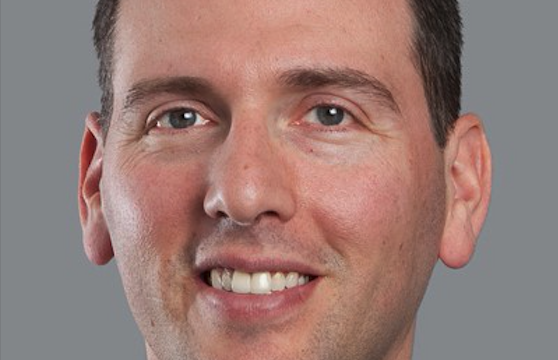With the broad-based deceleration in global growth and concerns over the trade conflict between the US and China, investors have preferred fixed income products. The asset class had global net inflows of around $473bn from January to the end of July, according to data from Morningstar Direct.
Equity funds, on the other hand, had net outflows of $135bn.
The outlook does not get any better in the short-term. Given the macro risks, global corporate earnings on average are expected to be lower in 2020 than this year, according to Daniel Loewy, New York-based chief investment officer and head of multi-asset solutions at Alliance Bernstein (AB).
“The growth outlook is clearly damaged and that has been a problem for risk assets. [Average] 2020 earnings estimates are at around 10%, and we are expecting that to be revised to 0-5% over the next six months,” he told FSA during a recent visit in Hong Kong.
However, Loewy believes that equity markets should provide investors with mid-single-digit returns, which is attractive in an environment where it is already difficult to generate returns.
Beyond fixed income
“Within the global [bond] aggregate index, there is $17trn of negative-yielding debt. So if you’re an investor who is looking to generate income for retirement today, you will have a real challenge.”
Loewy suggests that investors look beyond the fixed income universe. Other categories, such as high dividend global equities and global real estate investment trusts (Reits), for example, provide high yields.
“Non-traditional asset classes such as US preferred stocks and MLPs (master limited partnerships) have also tended to have higher yields on the average,” he said.

Mixing with low volatility
Loewy co-manages AB’s All Market Income Portfolio with Morgan Harting, New York-based lead portfolio manager for multi-asset solutions, and London-based portfolio manager Karen Watkin.
The income portfolio, which is a mixed-asset product, aims to provide investors with 5% annual income.
Investing into high-yielding assets is one strategy of the fund. But 20% of the portfolio is in lower-yielding fixed income assets, such as investment grade bonds, he said.
“The lower-yielding assets are for capital stability,” he said, noting that the fund has a targeted volatility of 6-8%.

On the equity side, 13% is invested in low-volatility stocks, which are usually from companies with strong balance sheets and high return-on-equity (ROE), according to Loewy.
Non-traditional income sources, such as preferred Reits, also make up the portfolio, which have low correlation to the rest of the fund’s assets, he added.
Another product aiming at 5% income annually while managing volatility is T Rowe Price’s Diversified Income Bond Fund, a fixed income product that mixes high-quality sovereigns with investment grade bonds to keep the portfolio’s volatility between 2%-5%.
Product pipeline
AB’s multi-asset team manages around $145bn in assets across different strategies, such as total return, income, low volatility, alternatives and factor strategies, according to Loewy.
The firm currently has other product plans in the pipeline, such as China- and US-focused multi-asset income funds.
“We already have global diversified and emerging market multi-asset products. So over time, building out some of their regional exposures is the direction that we’re going for,” he said.
The AB All Market Income Portfolio versus its sector in Hong Kong and Singapore


















